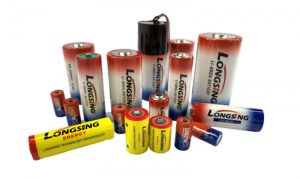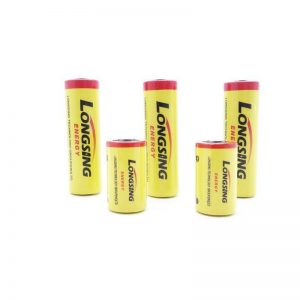Water meter battery,economic factors ultimately determined the decision to upgrade from traditional water meters to smart metering solutions that combine a powerful meter architecture with advanced metering infrastructure (AMI), automatic meter reading (AMR) and two-way wireless communication to enable smart water meter instruments to read data in the background intelligentally over long periods of time. Instead of requiring manual reading of each household, the battery pack of smart water meter belongs to disposable battery, which can meet the requirements of long life and reduce the maintenance and battery changing work in the middle, which is different from lithium battery.
Smart battery meter,the weak link in the design of a long-life water meter is the battery, which needs to work as long as the meter can operate reliably. The new ultrasonic machine has no moving parts, can be used indefinitely and is limited only by battery life.
smart meter battery,to extend operating life, all leading instrument transmitter units (MTU) are powered by long-life shuttle type lithium thionyl chloride (LiSOCl2) batteries with the highest capacity, highest energy density, largest possible temperature range, and unmatched battery life.


Standard cylindrical LiSOCl2 cells are inherently material limited to low-current discharges and do not provide the high-pulse, high-current required for two-way wireless communication, a challenge that can be easily overcome by adding a patented mixed-layer capacitor (HPC). Standard cylindrical LiSOCl2 cells provide the capacity of each current consumed, while hybrid capacitors provide periodic high pulses.


Common specifications of water meter battery strings are ER34615/ER26500/ER26500+HPC1520
